In the culinary world, there are ingredients so rare and exquisite that their value surpasses even that of gold. These ingredients, prized for their unique flavors and scarcity, have captivated chefs and food enthusiasts alike. Let’s explore eight such extraordinary ingredients that command a price tag worthy of their rarity and allure.
Saffron
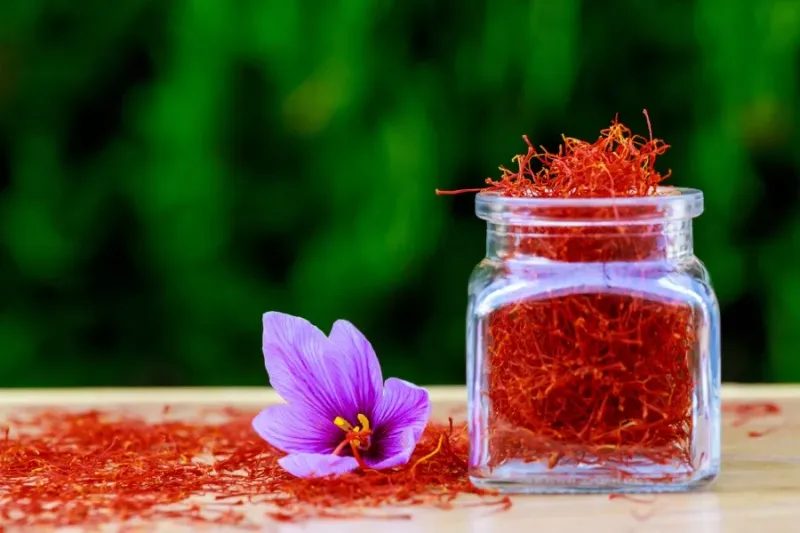
Saffron, often dubbed the “red gold,” is prized for its vibrant color and unique flavor. Harvested by hand, each saffron strand is the stigma of the crocus flower. Its labor-intensive production contributes to its high cost.
Used in dishes ranging from paella to risotto, saffron’s distinct aroma enhances culinary creations worldwide. The spice’s history traces back to ancient Greece, where it was valued as a luxurious dye and medicine. Even today, its allure remains unmatched.
Despite its price, chefs continually seek saffron for its unparalleled ability to transform ordinary dishes into gourmet masterpieces. Its deep red threads add not just color, but also a subtle, earthy sweetness that is impossible to replicate.
Vanilla Beans
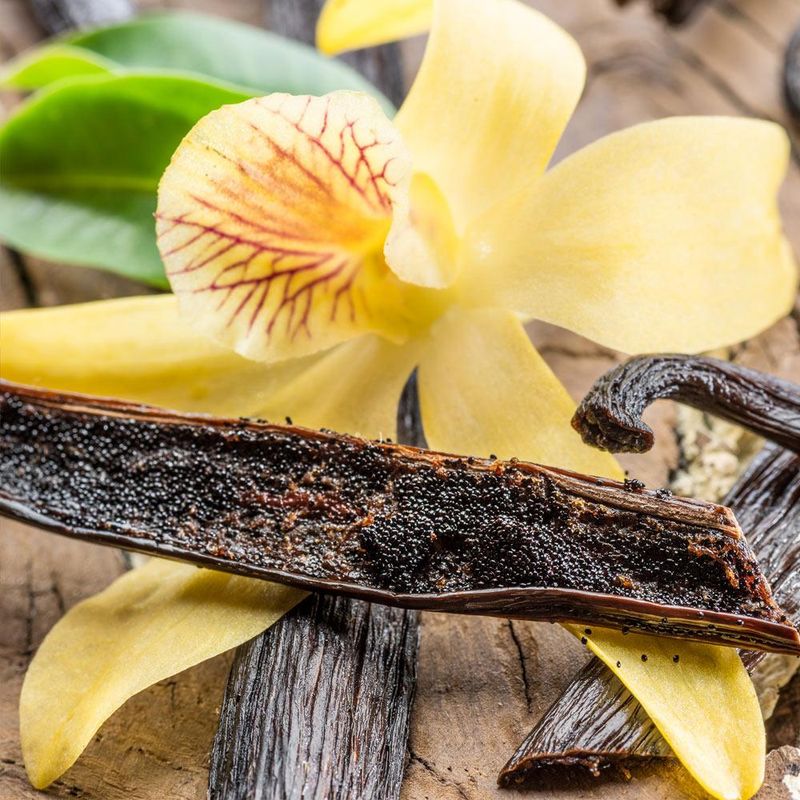
Did you know? Vanilla is the world’s second most expensive spice, just after saffron. Vanilla beans, particularly those from Madagascar, are treasured for their creamy, sweet aroma. The labor-intensive pollination process of the vanilla orchid, often done by hand, contributes to its premium price.
Vanilla’s complexity and warmth make it a favorite in desserts, perfumes, and even savory dishes. Each bean undergoes a meticulous curing process, enhancing its flavor profile and aromatic compounds. Its journey from orchid to bean is a testament to patience and dedication.
The rich, full-bodied taste of genuine vanilla is a cherished addition to any dish, marking the difference between ordinary and extraordinary culinary experiences.
Matsutake Mushrooms
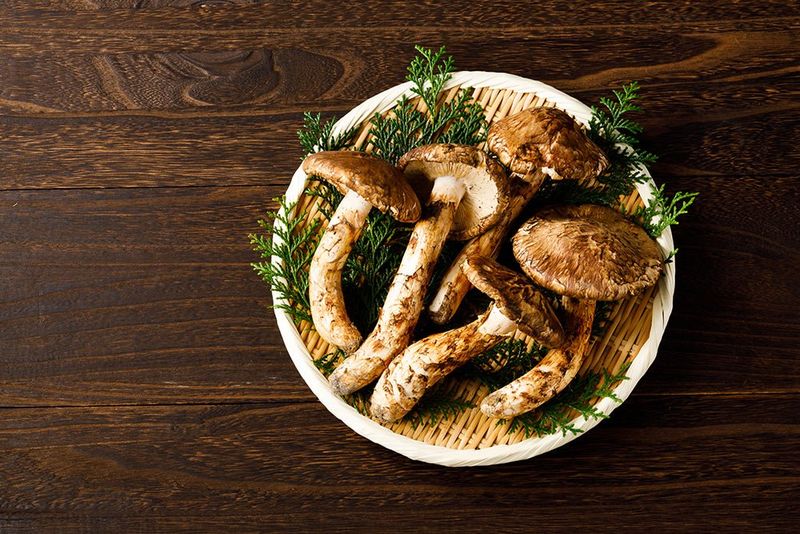
Matsutake mushrooms are a symbol of autumn in Japan, celebrated for their spicy aroma and firm texture. These elusive fungi grow under red pine trees, and their scarcity significantly elevates their market value.
Revered in Japanese cuisine, matsutake are often gifted as a sign of respect and goodwill. Their flavor is earthy and robust, making them a prized addition to soups and rice dishes. The delicate balance they achieve in a dish is unparalleled.
Their growth is tightly linked to the ecosystem, and environmental factors greatly affect their yield. This rarity, combined with their unique flavor, ensures matsutake mushrooms remain a delicacy worth savoring.
White Truffles
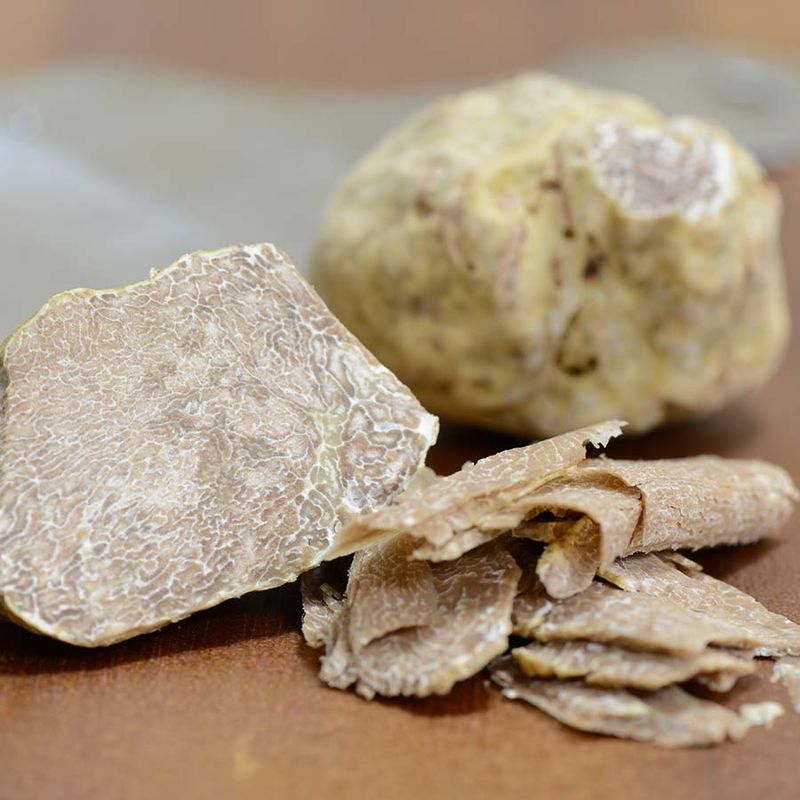
White truffles, found predominantly in the forests of Italy, are the diamonds of the culinary world. Their pungent aroma and luxurious taste make them a coveted ingredient among chefs.
The rarity of white truffles stems from their elusive nature, growing symbiotically with oak trees. Harvested by trained dogs, each truffle hunt is an adventure of its own. Their flavor, a harmonious blend of earthy and garlicky notes, elevates any dish to new culinary heights.
Despite the challenges in sourcing them, white truffles are celebrated in gourmet circles for their ability to enhance simple dishes with their intense, aromatic presence. Their enigmatic charm continues to captivate the palate.
Kopi Luwak Coffee

Kopi Luwak, the world’s rarest coffee, offers an unparalleled tasting experience. This exotic coffee’s uniqueness lies in its production process, involving civets consuming and fermenting the beans through digestion.
Harvested in Indonesia, each bean undergoes a natural enhancement process, resulting in a smoother, less acidic coffee. The rarity and labor-intensive harvesting of these beans contribute to their high cost and exclusivity.
Every sip promises a rich and complex flavor profile, with hints of chocolate and caramel. Despite ethical concerns surrounding its production, kopi luwak remains a sought-after luxury for coffee enthusiasts worldwide.
Yubari King Melon
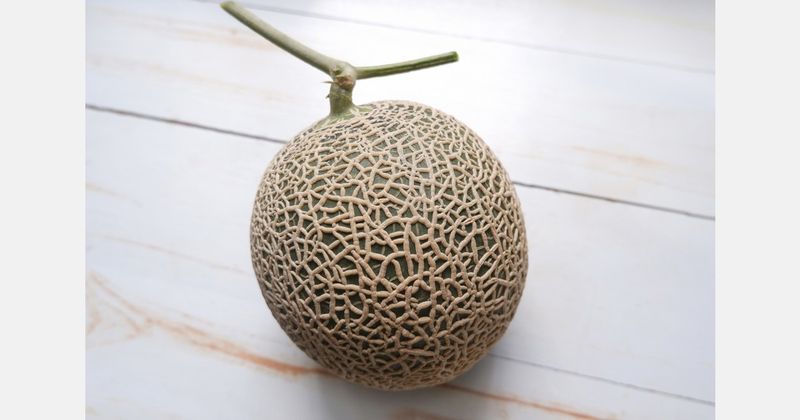
The Yubari King melon, hailing from Japan, is the epitome of luxury fruit. Prized for its sweetness and perfect spherical shape, it often fetches astronomical prices at auctions.
Cultivated in greenhouses in Yubari, Hokkaido, these melons are meticulously tended to ensure their flawless appearance and taste. Their unique flavor, a blend of citrus and melon, is highly sought after.
Gifting a Yubari King melon symbolizes prestige and generosity, often given in Japan as a luxurious present. This melon stands as a testament to the art of cultivation and the pursuit of perfection in agriculture.
Iberian Ham
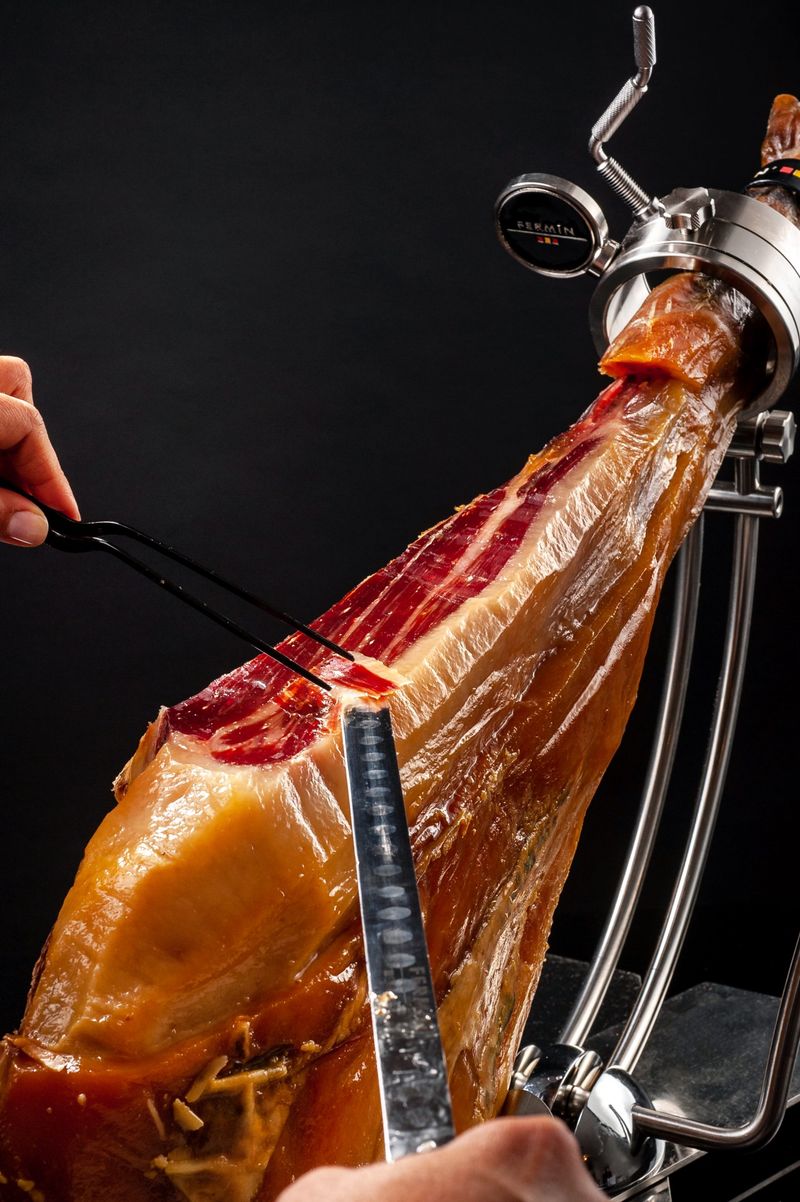
Iberian ham, or Jamón Ibérico, is a Spanish delicacy celebrated for its rich flavor and smooth texture. This exquisite ham comes from free-range pigs fed on a diet of acorns, which imparts a distinct nutty flavor to the meat.
The curing process is an art form, lasting up to four years, allowing the flavors to deepen and mature. Iberian ham is often served in thin slices, revealing its beautiful marbling and complex taste.
A symbol of Spanish culinary heritage, Iberian ham is more than just a delicacy; it’s a piece of cultural history. Its luxurious taste continues to win the hearts of gourmets around the world.
Bird’s Nest Soup
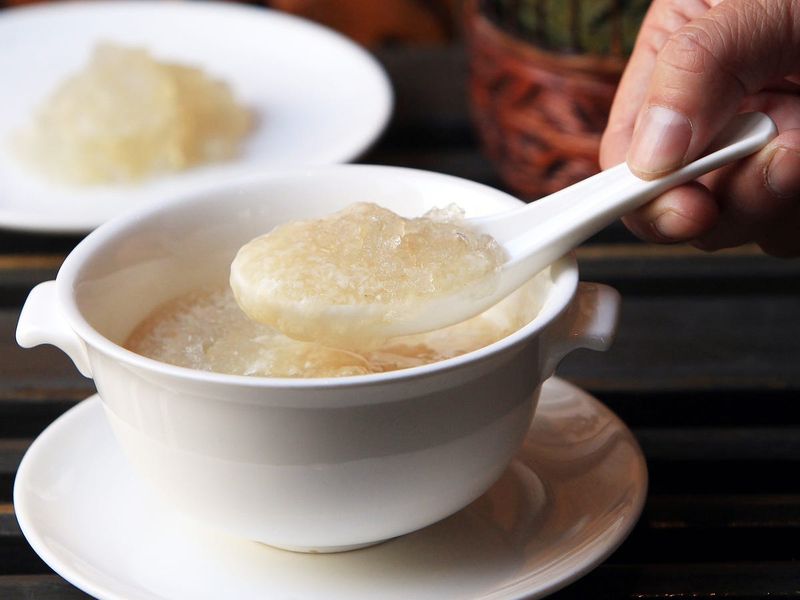
Bird’s nest soup, a delicacy in Chinese cuisine, is renowned for its unique texture and health benefits. Made from the nests of swiftlets, these nests are crafted from the bird’s saliva, creating a gelatinous texture when cooked.
Often served as a symbol of wealth and prestige, this soup is believed to benefit skin health and boost immunity. The meticulous harvesting and cleaning of the nests contribute to its high price and exclusivity.
With a legacy rooted in traditional Chinese medicine, bird’s nest soup is more than just a dish; it’s a cultural experience that offers a taste of elegance and history.
Leave a comment